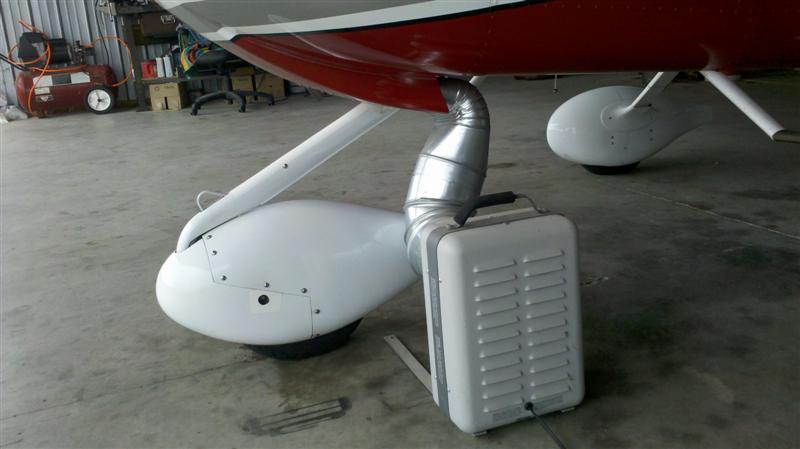gismo
Touchdown! Greaser!
I would expect that a sump only heater left on full time won't cause problems as long as an engine cover/blanket is used and the airplane is in a hangar (out of the wind). This is assuming that the result is every part of the engine reaching a temperature above the dewpoint inside the engine. I would also expect that a sump only heater won't cause corrosion damage without the cover/blanket if it's only used for several hours before a flight.What Ted said.
I've also heard that having only the oil sump pad can have the same effect, as it doesn't keep the entire engine warm - Water vaporizes out of the oil and then condenses in the cold top end.
Ted (and anyone else who cares to answer, I suppose), what do you think about unscrewing the dipstick for additional ventilation? Good idea? (I would think so, but alas, I don't know it all any more.
)








